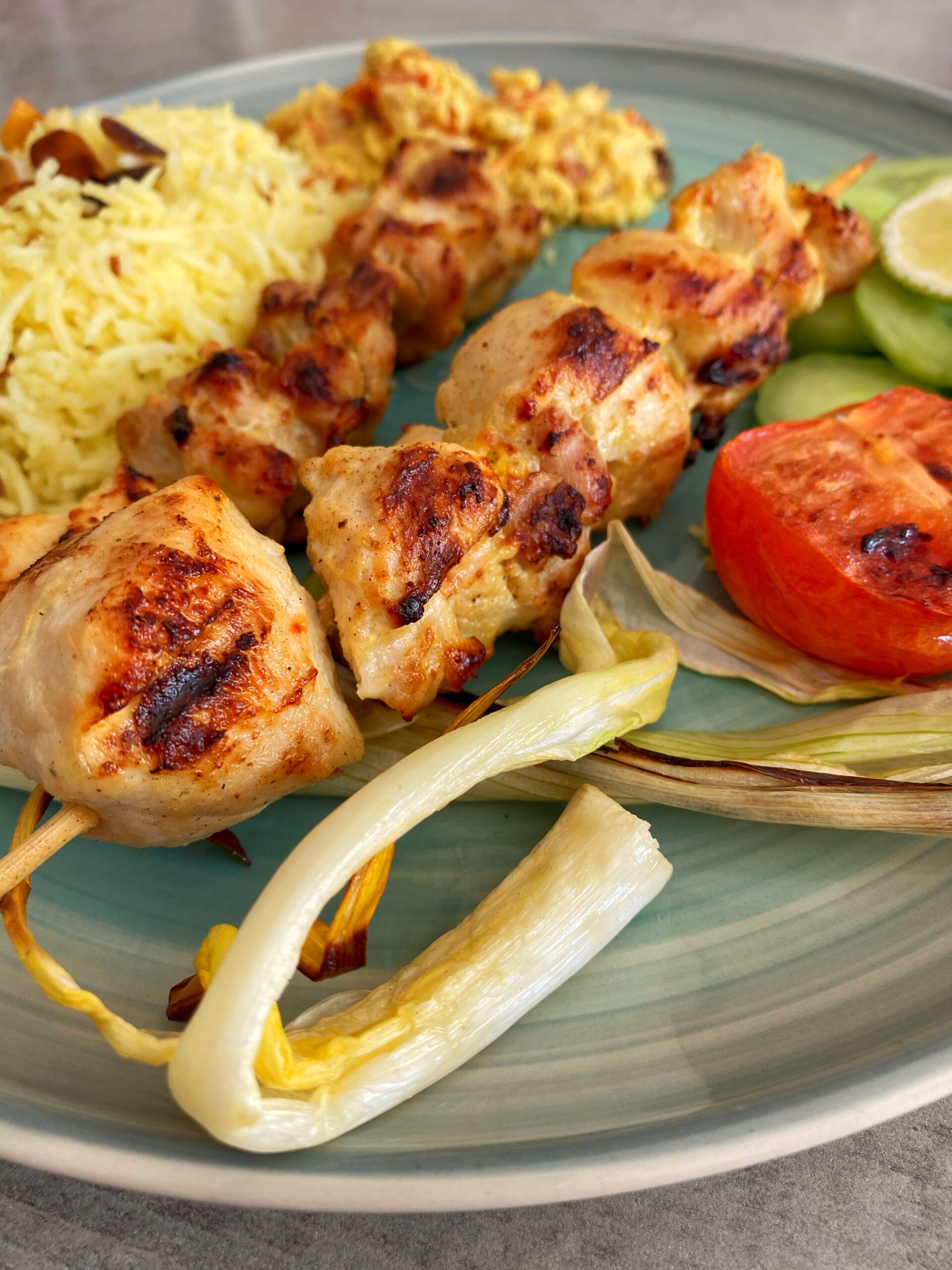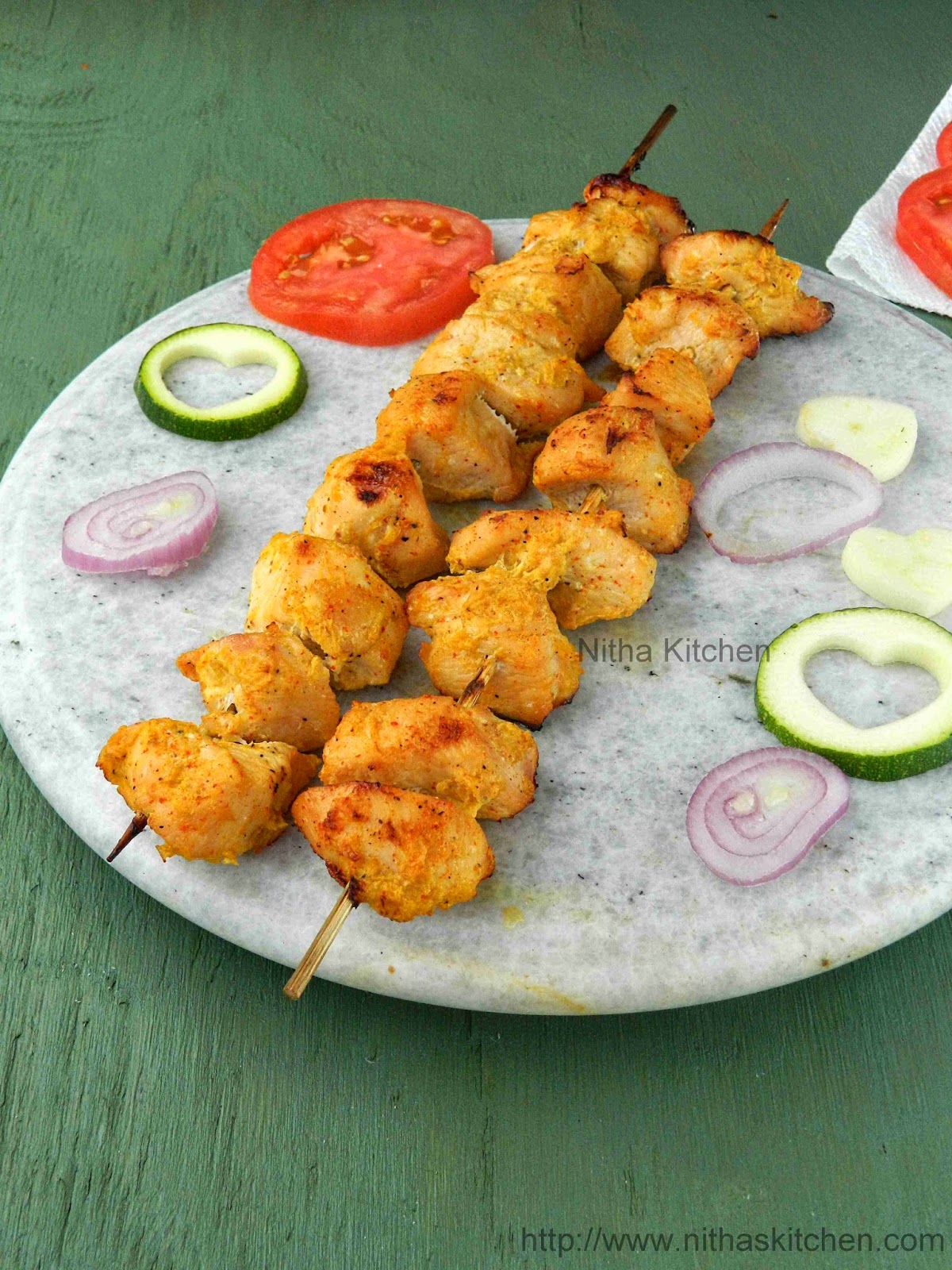Savor The Flavors Of Safran Kebap: A Culinary Journey You Won't Forget
**Hey there, food enthusiasts! Ever heard of safran kebap? If not, you’re in for a treat because today we’re diving deep into this culinary masterpiece that’s taken the world by storm. Imagine succulent, tender meat marinated to perfection, served with a touch of saffron that elevates the flavors to another level. It’s not just food—it’s an experience. So grab a seat, get comfortable, and let’s explore why safran kebap is a must-try for every food lover out there.**
But wait, why all the fuss about safran kebap? Well, it’s simple really. The combination of spices, the artful preparation, and the rich history behind it make it stand out in the crowded world of kebap cuisine. Whether you’re a seasoned foodie or someone who just appreciates good food, this dish has something special to offer. And let’s not forget the saffron—it’s like the secret ingredient that ties everything together.
So, are you ready to embark on this flavorful journey? Stick around because we’re about to uncover everything you need to know about safran kebap, from its origins to the best places to try it. Trust us, by the end of this article, you’ll be craving a bite!
- Juan Andrea The Rising Star Whorsquos Making Waves In The Industry
- Bensheimer Hof A Hidden Gem In The Heart Of Bavaria
Table of Contents
Key Ingredients in Safran Kebap
- Discover The En Iyi Erkek Parfuumlm Your Ultimate Guide To Mens Fragrance
- Hamburg Keramik A Beautiful Blend Of Art And Tradition
Nutritional Value and Health Benefits
Popular Variations of Safran Kebap
Best Places to Try Safran Kebap
Tips for Making Perfect Safran Kebap
Conclusion: Why Safran Kebap Deserves Your Attention
The Origin of Safran Kebap
Let’s start with the basics, shall we? Safran kebap, as the name suggests, has its roots in the Middle East, where kebap culture thrives. But what sets safran kebap apart is the use of saffron, a spice that’s been prized for centuries for its flavor and aroma. Historically, saffron was a luxury item reserved for royalty and special occasions, but today, it’s more accessible, allowing everyone to enjoy its magical touch in dishes like safran kebap.
The origins of safran kebap can be traced back to regions where saffron cultivation was prominent, such as Iran and parts of Turkey. Over time, as trade routes expanded, the concept of safran kebap spread across borders, gaining popularity in various parts of the world. Each region added its own twist, but the essence of saffron remained at the heart of the dish.
How Saffron Revolutionized Kebap Culture
Now, here’s the interesting part—how exactly did saffron change the game for kebap lovers? Before saffron entered the picture, kebaps were already delicious, but they lacked that certain je ne sais quoi that saffron brings to the table. Saffron adds a depth of flavor that’s hard to describe—some say it’s floral, others say it’s earthy, but everyone agrees it’s absolutely irresistible.
And let’s not forget the visual appeal. The golden hue that saffron imparts to the dish makes it look as good as it tastes. It’s no wonder why safran kebap has become a favorite among food photographers and social media influencers alike.
Key Ingredients in Safran Kebap
Alright, let’s talk ingredients. What goes into making a perfect safran kebap? First and foremost, you need high-quality meat—be it lamb, beef, or chicken. The meat is marinated in a blend of spices that often includes paprika, cumin, garlic, and of course, saffron. The marinade is what gives the meat its tender texture and rich flavor.
But that’s not all. Safran kebap is usually served with a variety of accompaniments, such as fresh vegetables, yogurt-based sauces, and pita bread. These elements come together to create a harmonious balance of flavors and textures that make every bite a delight.
Why Saffron is the Star Ingredient
Here’s the deal—saffron is more than just a spice. It’s a game-changer. Saffron is derived from the stigma of the crocus sativus flower, and it takes about 75,000 flowers to produce just one pound of saffron. That’s why it’s often referred to as the "red gold." But despite its high price tag, a little saffron goes a long way in enhancing the flavor of any dish.
In safran kebap, saffron not only adds flavor but also acts as a natural preservative, keeping the meat fresh and flavorful for longer. It’s truly a win-win situation!
How to Prepare Safran Kebap
Now, let’s get down to business. How do you actually prepare safran kebap? The process is simpler than you might think. First, you need to prepare the marinade. Mix together your spices, saffron, and a bit of oil to create a paste. Then, coat your meat generously with the marinade and let it sit for a few hours—or even overnight—for maximum flavor absorption.
Once your meat is marinated, it’s time to cook it. You can grill it, roast it, or even pan-fry it, depending on your preference. The key is to cook it slowly over medium heat to ensure that the meat stays juicy and tender. And don’t forget to serve it with all the fixings for the ultimate safran kebap experience!
Common Mistakes to Avoid
While preparing safran kebap might seem straightforward, there are a few common mistakes that can ruin the dish. One of the biggest mistakes is not letting the meat marinate long enough. Another is overcooking the meat, which can make it dry and tough. So, take your time and be patient—your taste buds will thank you later!
Nutritional Value and Health Benefits
Now, let’s talk about the elephant in the room—health. Is safran kebap actually good for you? Well, the answer is yes and no. On one hand, safran kebap is packed with protein and essential nutrients from the meat and vegetables. On the other hand, it can be high in calories and fat, especially if it’s fried or served with heavy sauces.
However, there are ways to make safran kebap healthier. For instance, you can opt for lean cuts of meat, use less oil in the marinade, and serve it with plenty of fresh vegetables. And let’s not forget the health benefits of saffron itself, which is known for its antioxidant and anti-inflammatory properties.
Is Safran Kebap Keto-Friendly?
For those following a keto diet, safran kebap can be a great option as long as you skip the carbs. Replace the pita bread with lettuce wraps or serve the kebap on a bed of greens. With a few simple tweaks, you can enjoy the delicious flavors of safran kebap without compromising your dietary goals.
Popular Variations of Safran Kebap
Did you know that safran kebap comes in many different variations? Depending on the region, you might find it served with different meats, spices, or accompaniments. For instance, in Turkey, safran kebap is often served with rice and a side of salad. In Iran, it’s commonly served with tahdig, a crispy layer of rice that forms at the bottom of the pot.
And let’s not forget the vegetarian version of safran kebap, which uses mushrooms or tofu as a protein source. It’s a great option for those who want to enjoy the flavors of safran kebap without the meat.
Which Variation is the Best?
That’s a tough question to answer because it really depends on personal preference. Some people swear by the classic lamb safran kebap, while others prefer the lighter chicken version. The best way to find out which one you like best is to try them all!
Safran Kebap in Pop Culture
Over the years, safran kebap has made its way into pop culture, appearing in movies, TV shows, and even music videos. It’s often depicted as a symbol of luxury and indulgence, thanks to the use of saffron. Celebrities and influencers have also been spotted enjoying safran kebap, further boosting its popularity.
But safran kebap isn’t just a trend—it’s a cultural staple that continues to evolve and adapt to changing tastes and preferences. From street food stalls to fine dining restaurants, safran kebap has found a place in the hearts of food lovers everywhere.
Why Safran Kebap is Here to Stay
So, why has safran kebap managed to maintain its popularity over the years? The answer lies in its versatility and adaptability. Whether you’re dining in a Michelin-starred restaurant or grabbing a quick bite at a food truck, safran kebap can be enjoyed in countless ways. And with the growing interest in global cuisine, it’s no surprise that safran kebap continues to captivate audiences worldwide.
Best Places to Try Safran Kebap
If you’re looking to try safran kebap, you’re in luck because there are plenty of great places to choose from. Whether you’re in Istanbul, Tehran, or even New York City, you’ll find restaurants and food stalls offering this delicious dish. Some of the best places to try safran kebap include:
- Mevlana Kebap in Istanbul
- Tehran Kebab House in Tehran
- Adana Kebab in New York City
- Lebanese Taverna in London
Each of these places has its own unique take on safran kebap, so be sure to try them all to see which one you like best!
What Makes These Places Special?
What sets these places apart is their commitment to quality and authenticity. From sourcing the freshest ingredients to using traditional cooking methods, these restaurants go above and beyond to ensure that every dish is a masterpiece. So if you’re a fan of safran kebap, you owe it to yourself to visit these places and experience the magic firsthand.
DIY Safran Kebap Recipes
Feeling adventurous? Why not try making safran kebap at home? It’s easier than you think! Here’s a simple recipe to get you started:
Ingredients
- 500g lamb or beef
- 1 tsp saffron threads
- 2 tbsp olive oil
- 2 cloves garlic, minced
- 1 tsp cumin
- 1 tsp paprika
- Salt and pepper to taste
Instructions
- Mix together the saffron threads, olive oil, garlic, cumin, paprika, salt, and pepper to create the marinade.
- Cut the meat into bite-sized pieces and coat them generously with the marinade.
- Let the meat marinate in the fridge for at least 2 hours—or overnight for best results.
- Skewer the meat and grill it over medium heat until cooked through.
- Serve with your favorite sides and enjoy!
Tips for Making Perfect Safran Kebap
Here are a few tips to help you make the perfect safran kebap:
- Use high-quality saffron for the best flavor.
- Don’t overcook the meat—aim for medium-rare to medium for maximum tenderness.
- Add a splash of lemon juice to the marinade for a burst of freshness.



Detail Author:
- Name : Susanna Schumm
- Username : sydney41
- Email : rwunsch@yahoo.com
- Birthdate : 1997-08-21
- Address : 624 Dejon Fords Suite 921 South Rosalee, LA 72754
- Phone : 505.243.8058
- Company : Mohr, Friesen and Casper
- Job : Landscaping
- Bio : Delectus consequuntur cum quasi corporis maiores unde ullam. Laboriosam tenetur tempore delectus architecto quasi itaque. Nisi aut harum temporibus quasi.
Socials
twitter:
- url : https://twitter.com/hartmannk
- username : hartmannk
- bio : Deserunt itaque consequatur vel recusandae natus alias tempora. Dolor officia sunt reprehenderit. Autem ipsam quis sint voluptatem.
- followers : 4112
- following : 1764
linkedin:
- url : https://linkedin.com/in/hartmann2000
- username : hartmann2000
- bio : Ipsum sit nemo esse deserunt libero nemo.
- followers : 5528
- following : 721
instagram:
- url : https://instagram.com/khartmann
- username : khartmann
- bio : Est optio doloribus dolor necessitatibus perferendis ut deleniti. Ipsam ut qui voluptatem.
- followers : 4447
- following : 549